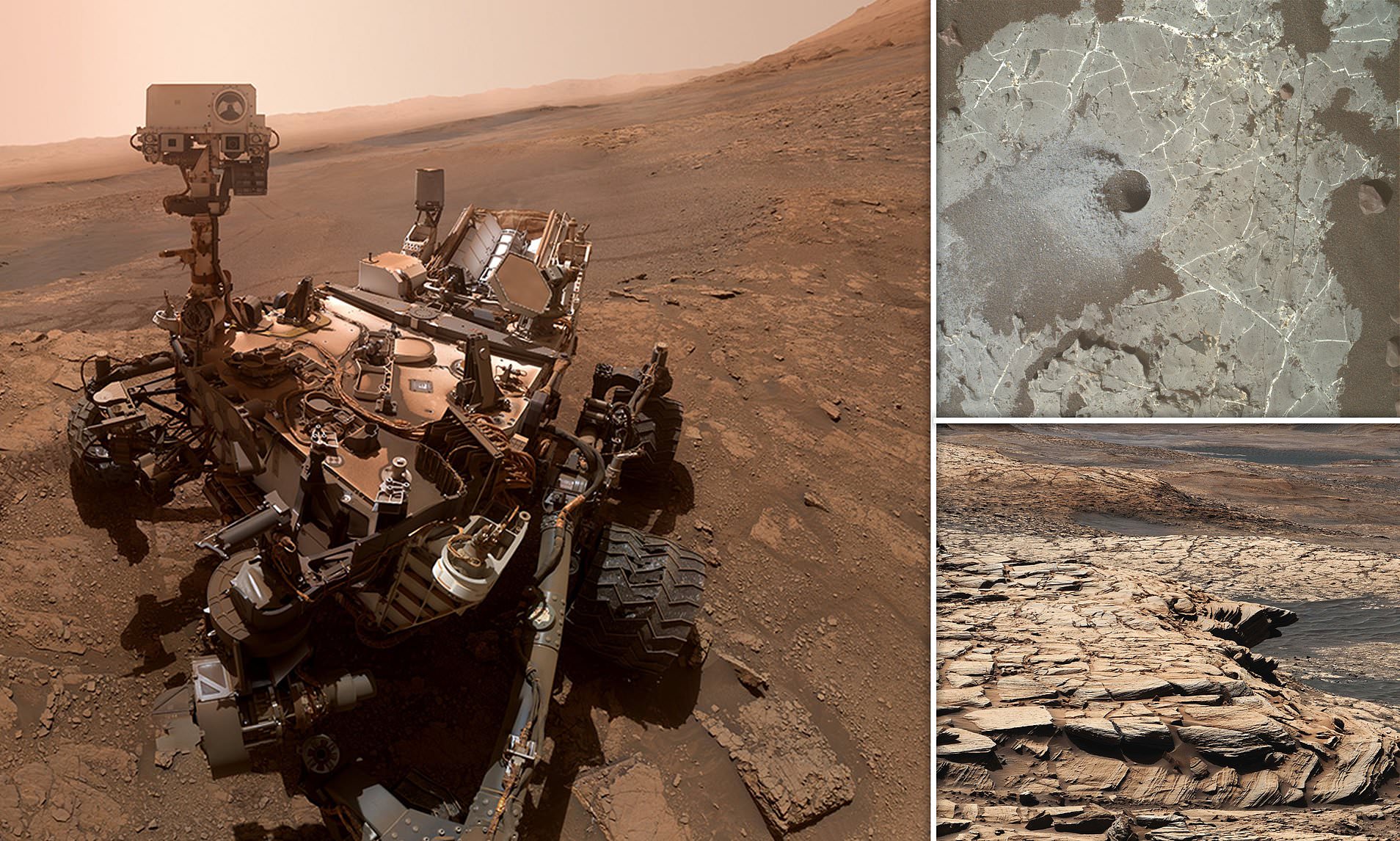After analyzing powdered rock samples collected from the surface of Mars by NASA’s Curiosity rover, scientists today announced that several of the samples are rich in a type of carbon that on Earth is associated with biological processes.
While the discovery is intriguing, it does not necessarily imply that ancient life existed on Mars, as scientists have yet to discover conclusive evidence of ancient or current biology on the planet, such as sedimentary rock formations produced by ancient bacteria or a diverse range of complex organic molecules formed by life.
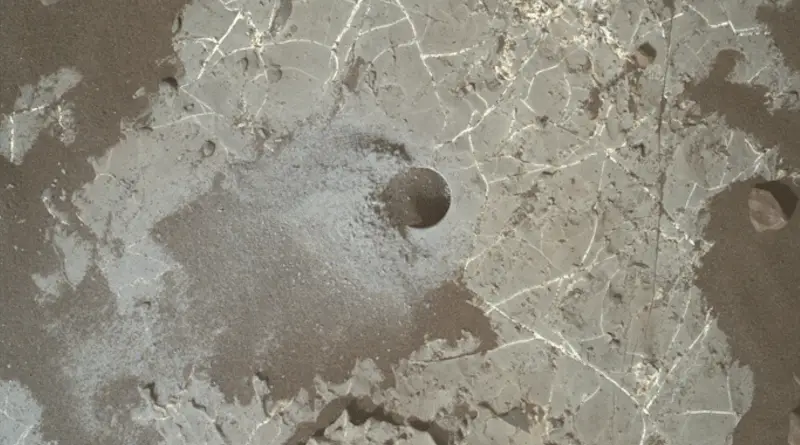
Curiosity scientists provide potential theories for the odd carbon signals they observed in a study to be published in the Proceedings of the National Academy of Sciences publication.
Their theories are based in part on carbon fingerprints on Earth, but experts caution that the two worlds are so unlike that conclusive conclusions can not be derived from Earth instances.
“The most difficult aspect is letting go of Earth and the bias that we have and really trying to get into the foundations of the chemistry, physics, and environmental processes on Mars,” said Goddard astrobiologist Jennifer L. Eigenbrode, who took part in the carbon research. Eigenbrode previously led an international team of Curiosity scientists in the discovery of a wide range of organic compounds on the Martian surface.
Eigenbrode said, “We need to broaden our thoughts and look beyond the box, and that is what this study accomplishes.”
The biological rationale Curiosity scientists describe their findings in a study that is inspired by life on Earth. It includes ancient microbes on the surface that would have released methane into the atmosphere, where UV radiation would have transformed the gas into bigger, more complicated molecules, leaving a distinctive carbon footprint.
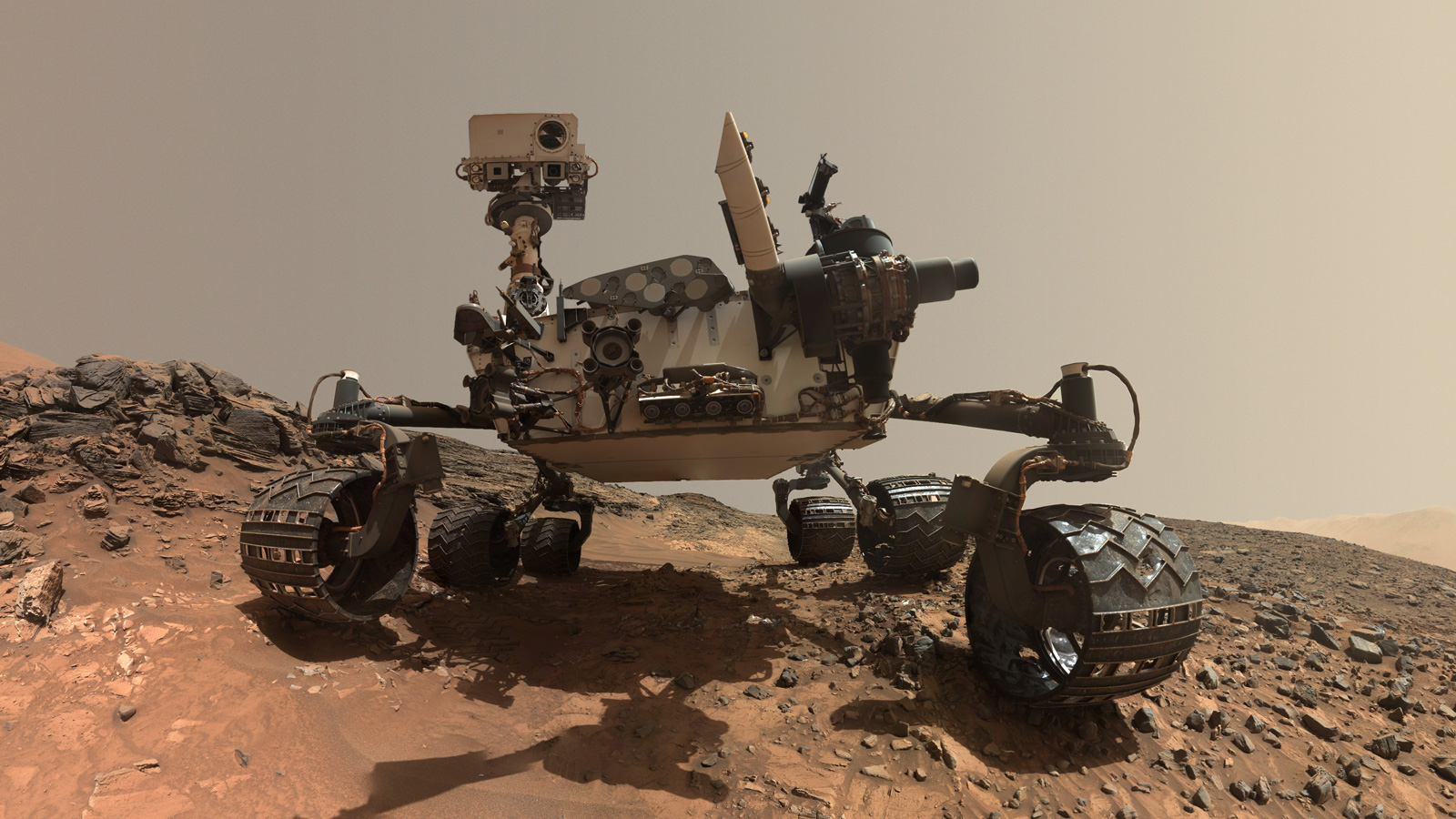
These new molecules would have showered down to the surface and might now be retained in Martian rocks by their unusual carbon signature.
Nonbiological reasons are offered by two more theories. One theory is that the carbon signature was caused by UV light interacting with carbon dioxide gas in the Martian atmosphere, resulting in the formation of new carbon-containing molecules that sank to the surface.
The carbon might have been left behind from a rare occurrence hundreds of millions of years ago when the solar system went through a large molecular cloud rich in the sort of carbon discovered, according to one theory.
“All three interpretations suit the data,” said Christopher House, the lead researcher on the carbon study and a Curiosity scientist at Penn State. “All we need now is additional information to rule them in or out.”
The Tunable Laser Spectrometer (TLS) equipment within the SAM lab was used by House’s team to study carbon on the Martian surface. To liberate the gases within, SAM heated 24 samples from geologically varied sites in the planet’s Gale crater to around 1,500 degrees Fahrenheit, or 850 degrees Celsius.
The TLS then analyzed the isotopes of some of the reduced carbon that had been released during the heating process. Isotopes are atoms of the same element with varied weights owing to their variable numbers of neutrons, and they are important for figuring out how planets evolved chemically and biologically.
Carbon is especially essential since it is present in all forms of life on Earth; it moves continually through the air, water, and earth in a cycle that can be tracked through isotope studies.
For example, instead of the heavier carbon 13 atom, living species on Earth employ the smaller, lighter carbon 12 atom to consume food or for photosynthesis.
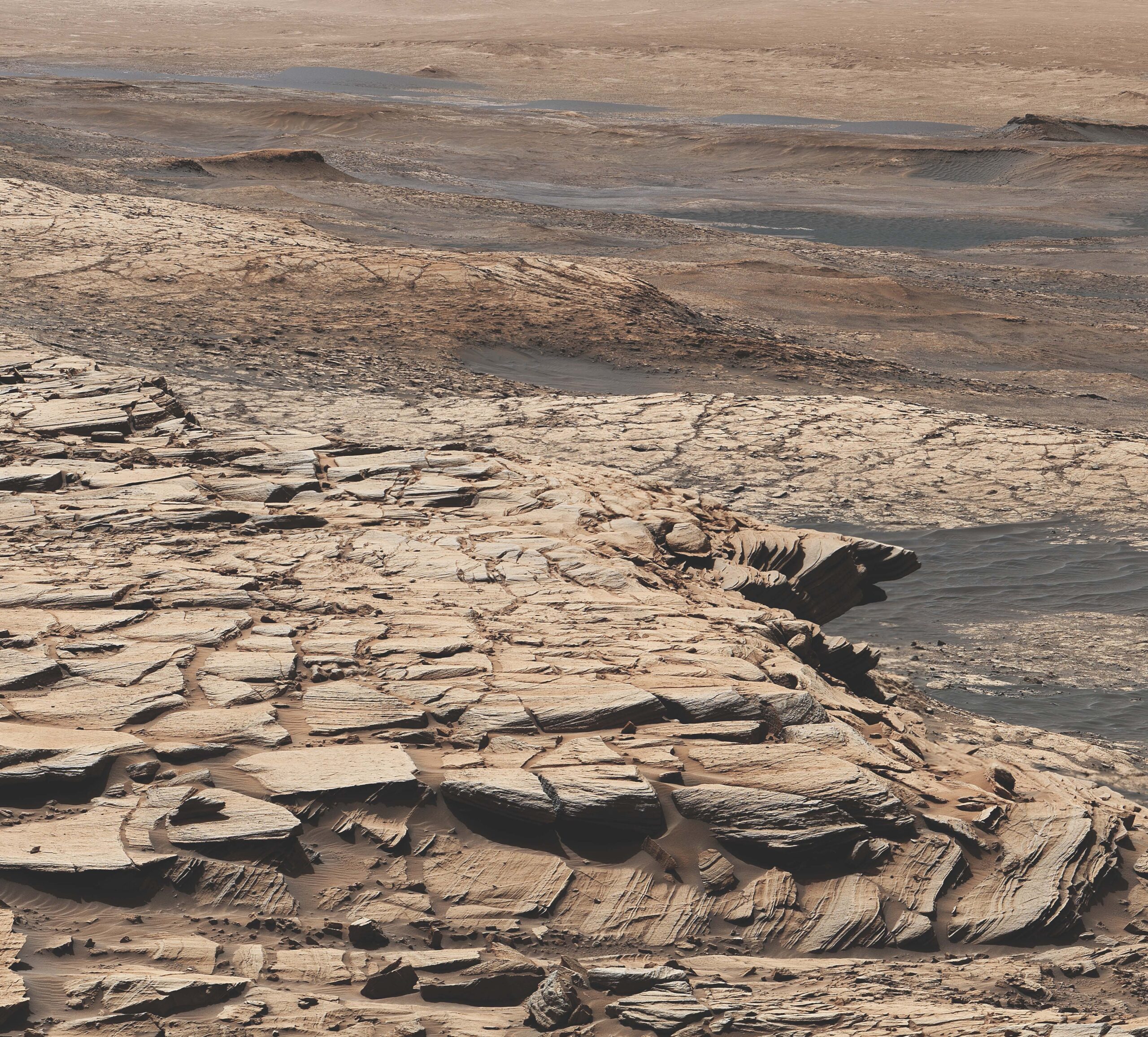
As a result, the presence of much more carbon 12 than carbon 13 in ancient rocks, as well as other data, leads scientists to believe they are looking at life-related chemical markers. Earth scientists can identify what form of life they are looking at and what habitat they lived in by looking at the ratio of these two carbon isotopes.
In comparison to what scientists have detected in the Martian atmosphere and meteorites, Curiosity researchers discovered that roughly half of their samples on Mars contained shockingly substantial quantities of carbon 12.
According to the researchers, these samples originated from five different places in the Gale crater, which may be linked since all of the locations had well-preserved, old surfaces.
“Biological activities on Earth would create the carbon signal we are observing on Mars,” House said. “We need to figure out whether the same reason applies to Mars or if there are alternative possibilities since Mars is so different.”
Mars is special because, 4.5 billion years ago, it may have had a different combination of carbon isotopes than Earth. Mars is smaller, colder, has lower gravity, and has a different atmosphere with distinct gases. Furthermore, there is a chance that the carbon on Mars is cycling even if there is no life there.
“There is a significant piece of the carbon cycle on Earth that includes life, and because of life, there is a chunk of the carbon cycle on Earth that we do not comprehend,” Andrew Steele, a Curiosity scientist at the Carnegie Institution for Science in Washington, D.C., said.
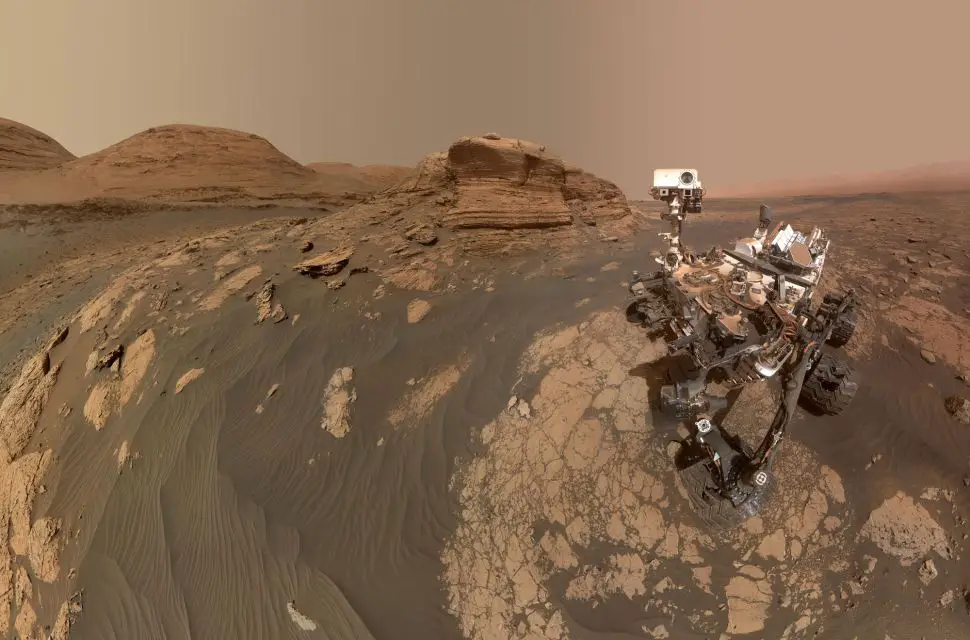
“We are finding things on Mars that are tantalizingly interesting, but we would really need more evidence to say we have identified life,” said Paul Mahaffy, the principal investigator of NASA’s Goddard Space Flight Center in Greenbelt, Maryland’s Sample Analysis at Mars (SAM) chemistry lab aboard Curiosity until his retirement in December 2021. “So, if it is not life, we are looking at what else may have created the carbon signature we are seeing.”
Steele pointed out that scientists are still learning about Mars’ carbon cycles and, as a result, how to interpret isotopic ratios and the nonbiological processes that can cause such ratios.
Curiosity, the first rover to land on Mars in 2012, is equipped with instruments to examine carbon isotopes on the surface. Other missions have gathered data on the atmosphere’s isotopic fingerprints, and scientists have studied the ratios of Martian meteorites recovered on Earth.
“Trying to understand how life may fit into the carbon cycle on Mars requires defining the carbon cycle,” Steele added. “We have done it successfully on Earth, but we are just now starting to define that cycle for Mars.”
When the rover explores additional places suspected of having well-preserved ancient surfaces, Curiosity scientists will continue to test carbon isotopes to see whether they receive a similar signal.
The Curiosity team would want to study the carbon content of a methane plume produced from the surface to further evaluate the biological hypothesis involving methane-producing microbes.
In 2019, the rover came across such a plume unexpectedly, but there is no way of knowing whether it will happen again. Otherwise, the team behind NASA’s Perseverance rover will benefit from this research, which will advise them on the best sorts of samples to gather in order to validate the carbon signature and identify definitely whether it comes from life or not. Perseverance is gathering samples from the Martian surface with the hopes of returning to Earth in the future.

